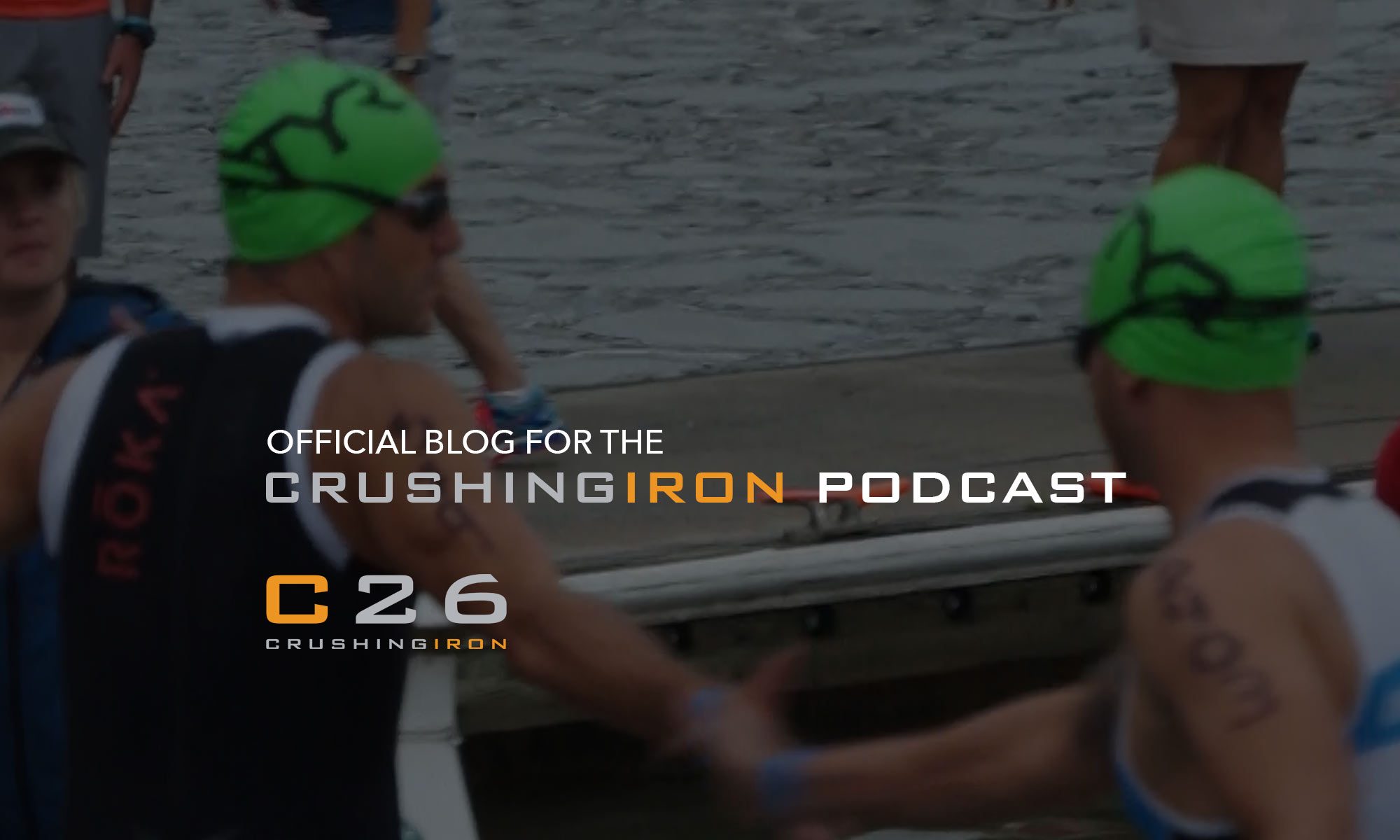Ironman New Orleans 70.3 has a “Z” pattern swim course and before we started a local coach gave me this advice: Swim toward the levy, swim toward the boathouse, then swim back toward the levy. It “sounded” good on the surface, but I kept asking “to which part of the levy?” and “to which part of the boathouse?” To which he responded, “Just swim to the levy and the boathouse.”
This was ringing in my ears yesterday for our first Open Water Swim practice but obviously not loud enough. Our lake-sky started with a dark tint before parting to a beautiful sunrise and it was symbolic of the lesson I needed to remember.
We swam a bit to warm up in the cool water, which was nearly the orgasmic temperature for a wetsuit. Then we lined up to analyzed each others strokes. It was an enlightening process.
Coach imitated my form and my first thought was he looked tense, which I believe is the biggest reason people struggle with swimming. My stroke was right-hand-dominant and I had a tendency to come too far out of the water when sighting (which I was also probably doing too often). Having a “high head” isn’t necessarily bad, but mine was lifting to ridiculous levels and I quickly figured out why . . . obsession with sighting the buoy.
That’s when I remembered my swim in New Orleans (which was pretty good by my standards). I DID just swim toward the levy and the boathouse. It was a “general sighting” that “guided me” in the right direction. I didn’t pick a certain place or a buoy at all. I just went in the right direction and trusted the flow of the world around me.
I don’t wear contacts when I practice swim, so my vision is definitely hampered. This makes sighting more stressful, and is a likely explanation for why I “spaz” and lift my head so far out of the water. I always want to swim at ONE OBJECT when I should be swimming at a GROUP OF OBJECTS.
When you’re doing IRONMAN distance races, you are so damn far away from your target that you just need a general area to attack for the first part of your leg. It’s better to swim straight than continually over-correct. Then as you get closer, and can actually see that one object without effort, zone in more specifically.
It takes a lot of faith to swim toward a a group of trees, but it works. The more I practiced the more I relaxed and kept my head down in the water. I was sighting with alligator eyes, rather than a Tarzan torso.
You don’t need to SEE your target, you just need a glimpse. A reminder. A general guide. And that’s sort of like doing little things in life that lead you in the right direction as opposed to “expecting” a specific outcome. Trust the process.
————
Post script: This lesson also applies to my swim at Wisconsin. I was largely disappointed in my sighting and it had a lot to do with my inability to get a grip on the buoys, of which there were many.
I found myself self-correcting every time I saw one which probably led to a bunch of zig-zagging rather than a general straight line. This is bad for distance and energy.
I remember thinking I needed to aim at a bridge on the first leg, which would have set me right at the first turn buoy. But I couldn’t always see that bridge and in retrospect think it would have been much more efficient to just go “toward” the bridge with an eye on the shoreline.
The second leg was short and really more about untangling the mass of humanity than sighting, but once I got to the third leg (around 1,700 yards) I should have just trusted the flow of the swimmers instead of trying to sight a specific smoke stack in the distance. I was disorienting myself by trying to stay close to the buoy line and it caused a lot of confusion. Honestly, sometimes I feel like I was taking a 45 degree angle toward the buoy just to stay on course. But, I was ALREADY on course (even though I may have been 20 yards off course . . . if that makes any sense?
The short of it is, I think I thought about sighting way too much instead of just swimming. That’s easy to say now because it was very choppy and I was afraid to end up in no-man’s land. But the truth is, I should have relaxed and swam in the general direction of the that 3rd turn buoy and thought about it more when I was in range.
These are the little things that are so huge in triathlon and why I ultimately love the sport. I wouldn’t say I had a “bad” swim at Wisconsin (1:20) but I could have saved some energy and a few minutes if I had just relaxed a little bit more and trusted the flow.












